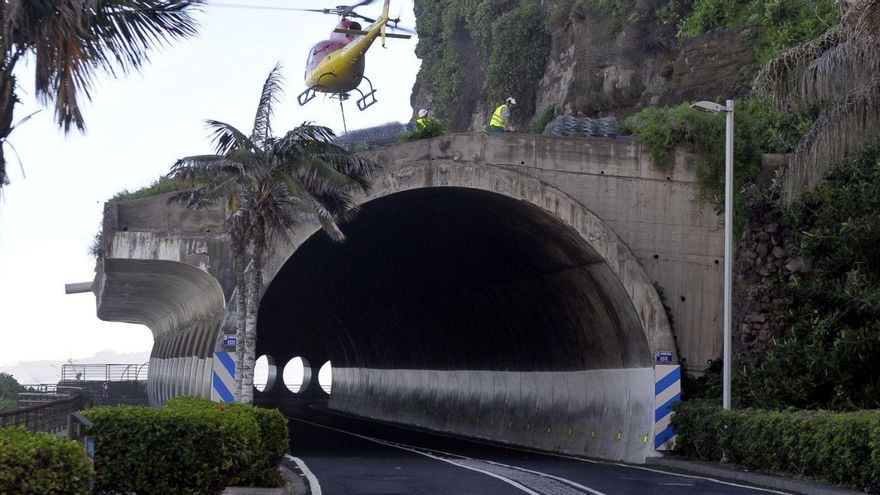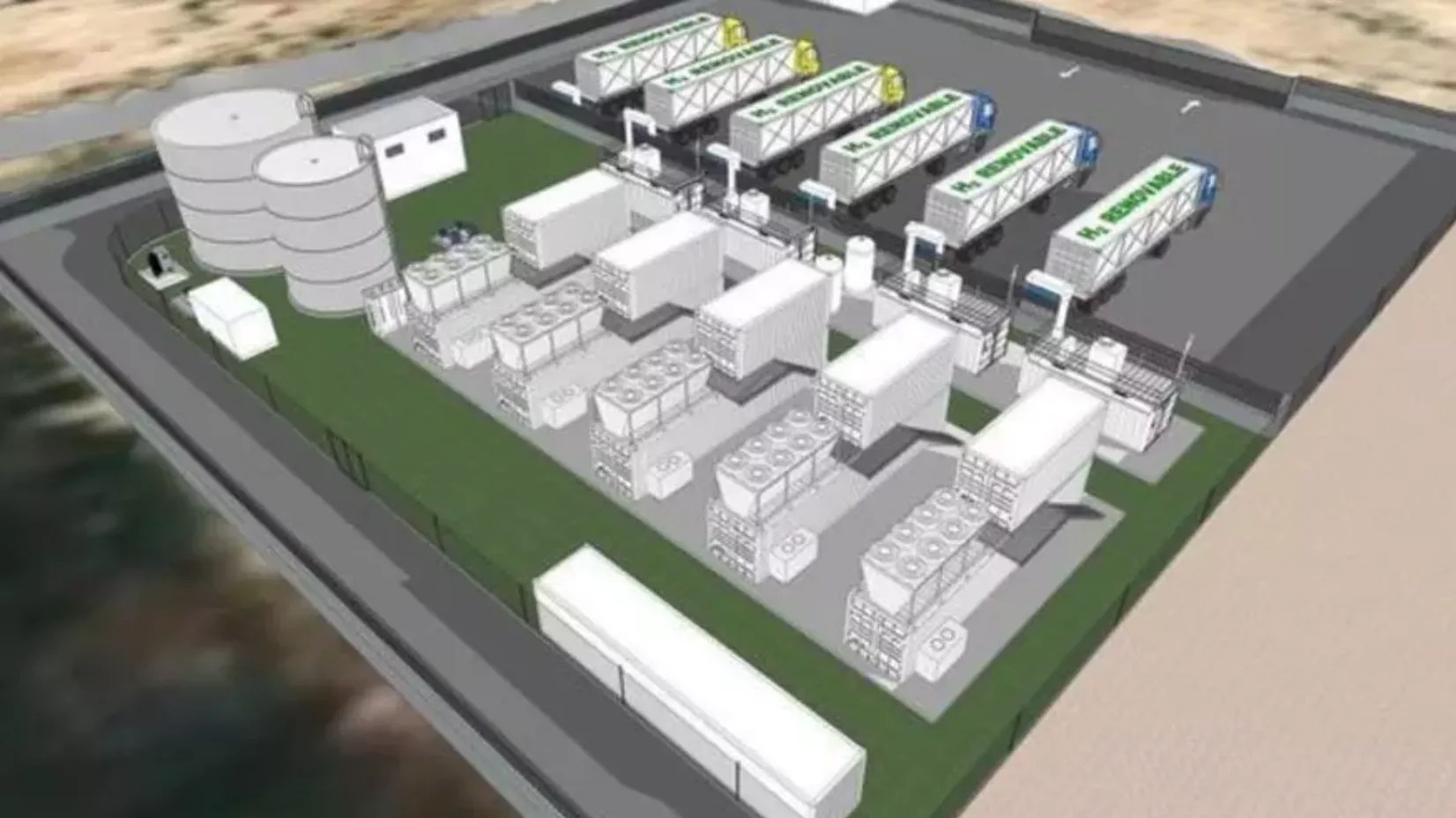
The Council of Tenerifethrough the Roads area, begins the works for the installation of cladding on the lateral walls of the existing cut-and-cover tunnel on the TF-31 road, between kilometer points 2,600 and 4,100, the one known as the Martiánez tunnel, in Puerto de la Cruz. The intervention has a budget of 134,217 euros and the island government expects it to be completed during the first half of July.
The First Vice President and Island Councilor for Roads, Enrique Arriaga, details that «The action that begins this week includes the lining on the sides of the cut-and-cover tunnel, which will also increase safety in this section of the TF-31». In his analysis, he states that “it also provides a more aesthetic and hygienic finish by making it easier to clean.”
The Island Director of Highways, Tomás Félix García, explains that the cover will be made up of two white lacquered aluminum panels, separated by a polyethylene core, placed on a galvanized steel metal structure anchored to the concrete walls of the cut-and-cover tunnel. In the case of the wall located on the sea side, which has holes in its structure to allow light to pass through, the panels will be cut to size, adapting them to the shape of the wall between these holes.
In order to carry out the coating work safely, the work will be carried out during daylight hours, so traffic will be affected. The entrance to Puerto de la Cruz through this road will be through the La Paz urbanization. At the same time, circulation is maintained in the outgoing direction.
These works fall within the different conservation and maintenance actions carried out by the Cabildo on the different island roads.
It should be remembered that the insular area of Highways invested 100,000 euros in asphalting the interior of the Martiánez tunnel, one of the main accesses to the city of Puerto de la Cruz. This section of the TF-31 insular highway, also known as the Eastern highway, has more than 300 linear meters. Said work corrected the terrible state in which this road was found, due to the intense traffic it registers and “due to the continuous potholes” applied during the preceding years, according to the Cabildo itself.















